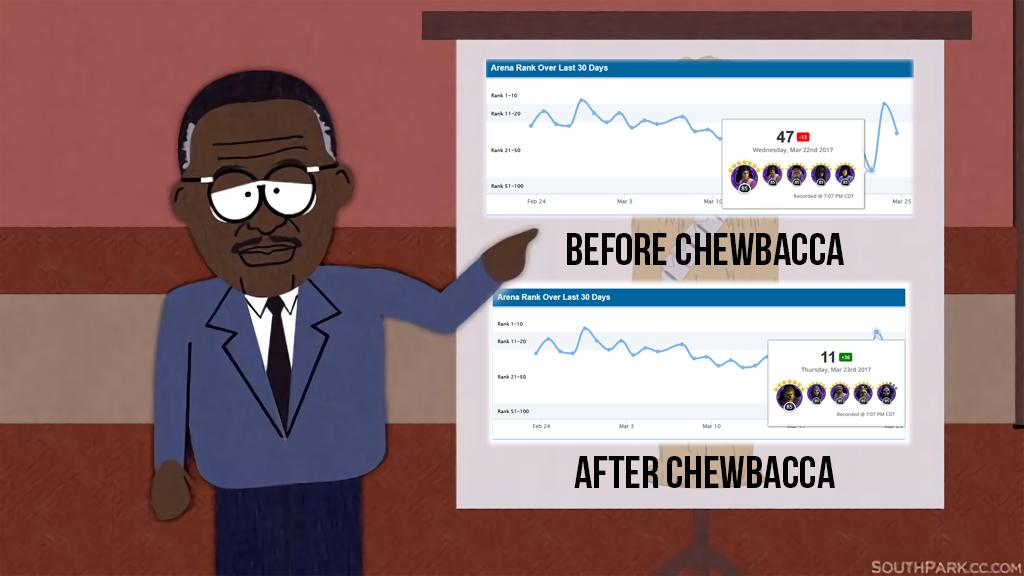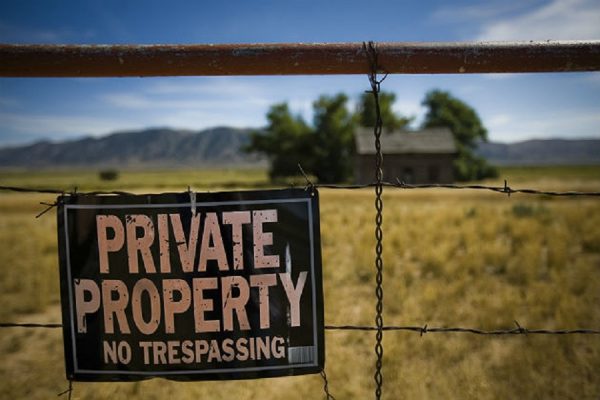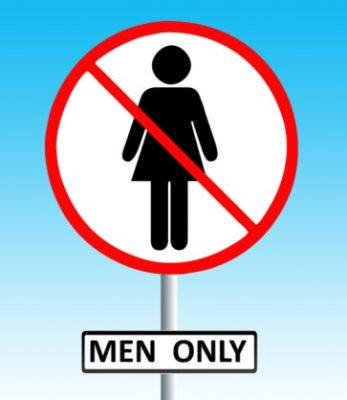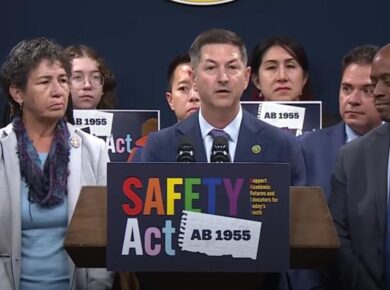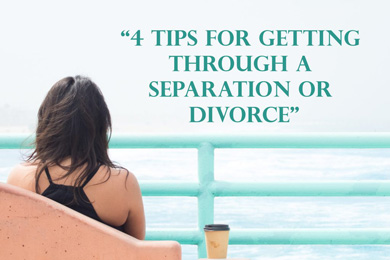An employer has a duty of care to provide for its employees a safe and professional working environment.
In circumstances where a reasonable person could be reasonably offended, humiliated or intimidated by another person they are said to be sexually harassed when: (a) an unwelcome sexual advance, an unwelcome request for sexual favours; or (b) engages in other unwelcome conduct of a sexual nature (s28A, Sex Discrimination Act 1984 (Cth)). It is unlawful for one person to sexually harass another (s 28B, Sex Discrimination Act 1984 (Cth)). Examples of sexual harassment:
- Looking at someone in way that makes them feel uncomfortable.
- Making sexually explicit jokes.
- Asking them for a date or sex after they already said no.
- Asking person questions about their personal life and behaviour.
- Brushing up against someone in a sexual way.
- Sending them pornography.
- Putting up sexually charged images at work in front everyone;
- Sending the person sexually explicit photos or text messages.
(see Sex Discrimination Act 1984 (Cth)). In the recent case of Ewin v Vergara [2013] FCA 1311 the respondent, a contractor engaged by Living and Leisure Australia Ltd (LLA), sexually harassed the applicant, an employee of LLA. In May 2009 the respondent subjected the applicant to verbal sexual harassment. For example, at the workplace the respondent propositioned the applicant for sex in explicit terms, proposed the applicant have an affair with him, and made sexually suggestive comments to the applicant.
Furthermore, on 14 May 2009 after both the respondent and applicant attended a work function at the LLA office, the respondent physically sexually harassed the applicant by sexual intercourse and assault. The Federal Circuit Court made a finding that despite the fact that the applicant was an employee and the respondent was a contractor, “both employees working in the same business [LLA] and vis-a-vis each other capable of being regarded as fellow employees within the ordinary meaning of that phrase” [see para 19] and there was a “requisite nexus been provided by the fact that the LLA office was a place where both Mr Vergara and Ms Ewin worked” [41]. The respondent was fined $476,163.00 in damages.
What to Do If you or someone at your workplace has been sexually harassed at the workplace it is important to notify your employer, union (if you are part of one) and the sexual harassment law allows you the right to lodge a complaint with the Australian Human Rights Commission (AHRC). The person who you are making the complaint against has a right to respond tho your application with the AHRC.
The president of the AHRC will then review the complaint and schedule a conciliation conference for all parties to the complaint to attend by either telephone discussion or a face to face meeting. The conciliation conference is a confidential, informal process that allows both complainant and respondent to discuss both sides of the story with the guidance of a conciliator.
The role of the conciliator is to ensure both sides are heard in a fair and just matter and that the dispute is resolved. If the dispute cannot be resolved at the conciliation conference, the conciliator can suggest that further legal action take place. If the dispute is not resolved at the conciliation conference the complainant has a right, within 6 years of the alleged sexual harassment, to make an application to the Federal Circuit Court of Australia (see s 544, Fair Work Act 2009 (Cth)). If you have any questions, contact one of a sexual harassment lawyer from our office. MKI Legal, is a specialist employment law firm operating in Perth, Western Australia. We have a broad scope of legal experience and expertise in unfair dismissal, discrimination, sexual harassment, bullying, redundancy, and all other workplace issues and disputes.



